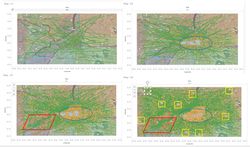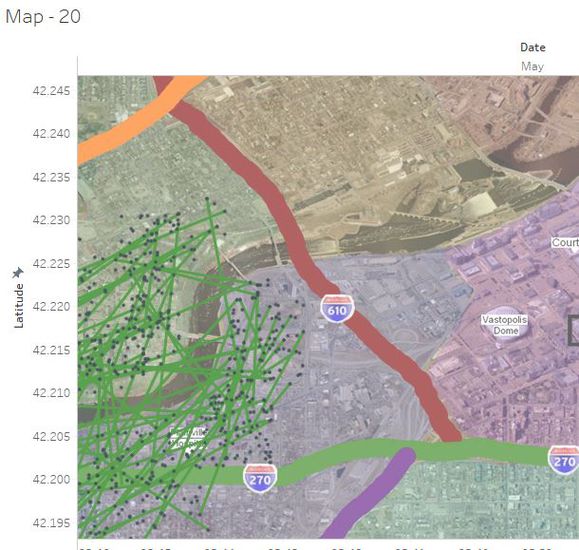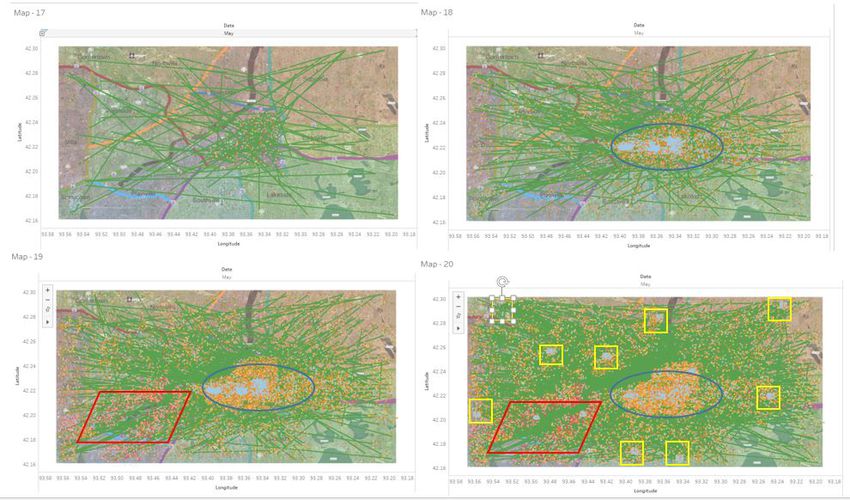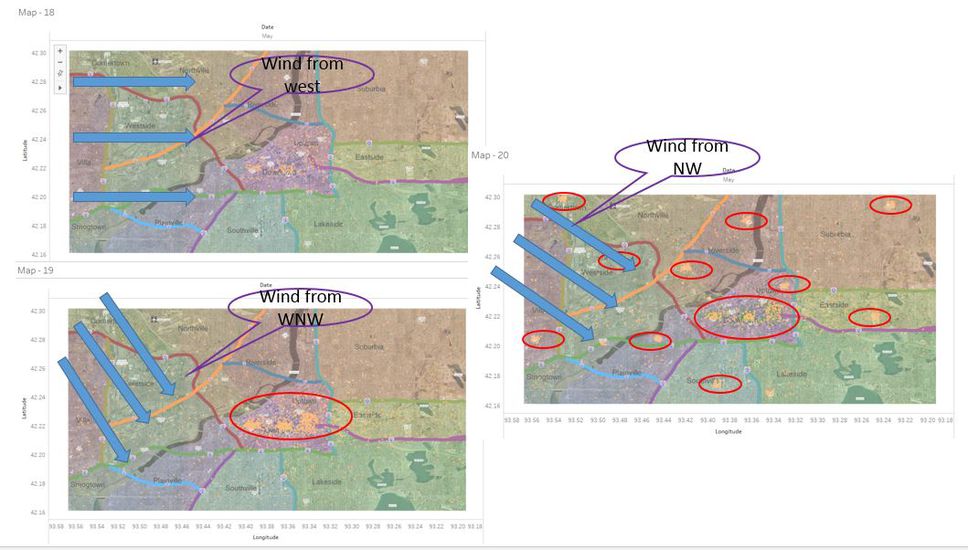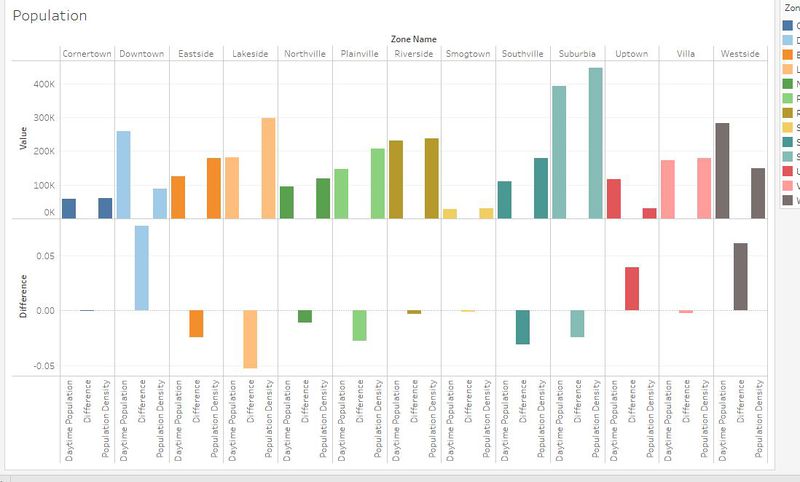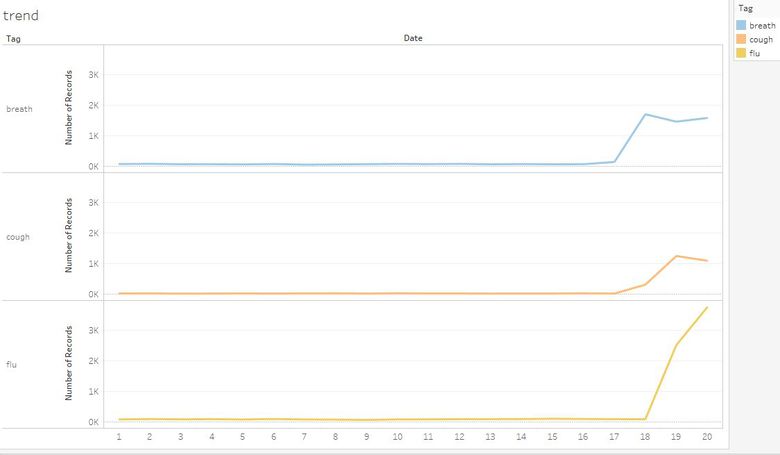Transmission
|
|
|
|
|
|
Overview
For the different types of symptoms, the trend in the Map could divided into three types. One is infectious-related symptoms, such as fever, flu, cough. One is none infectious related symptoms, like headache and Fatigue. The last one is intestines and stomach symptoms, such as nausea and diarrhea. In the report, mainly introduced the infectious-related symptoms and intestines and stomach symptoms. The infectious-related symptoms can either transmitted by person-to-person or by airborne. The intestines and stomach symptoms can only transmitted by waterborne. Please read the following sessions for the future information.
Waterborne
The diarrhea was transferred by waterborne. The diarrhea was firstly happened in 19th May. But the data of diarrahea on 18th May was missing in the datasets. It was not clear to find out whether diarrhea outbreak on 18th May or 19th May. But it did not spread to other regions except the original outbreak areas along the riverside. From the info provided in the report, residents and businesses get their drinking water by pumping water from nearby reservoirs or rivers. The location of Smogtown is near to the riverside. The diarrahea was only happened in Smogtown(southwest part in the Map) area along the riverside. the Also, the river flows from north to south, which means the water can only reach from north part to south part of the town. From the above evidence, it could conclude that the diarrahea is transmitted by water from the north part of the Smogtown. Figure 4 displays the trend and the distribution of the population who got diarrahea.
From the trend of the population plotted in Figure 4, it was clearly to conclude that all the population who got diarrahea could caused by waterborne. And also it can prove that the headstream is below the bridge 610. Figure 5 provide the clear view. It was matched the findings which is the outbreak place started in the map.
Airborne
From Figure 1, it displayed the trend of the symptoms, and also showed all the affected areas in the whole regions. It happened in the downtown area marked in blue ellipse on 18th May. Then, on 19th May, it spread to other regions widely but the areas were not concentrated. Last, on 20th May, it spread to the several centralized areas which marked in yellow square.
Then split it into one symptom(cough), Figure 6 displayed the distribution trend of the population who got the cough. From Figure 6, it also showed the wind_directions. The wind direction also matched the trend of the population who got cough distribution. What's more, the trend of cough is similar with fever, pain, flu, breath and so on. Finally it can conclude that the infectious-related symptoms transmitted by airborne.
Person-to-Person
From the trend view of infectious-related symptoms in the Map, all the symptoms seemed to be happened in the downtown area, and then spread to the other areas. The flu, cough and breath looked like to be happened and spread in the same manner. From the trend of the symptoms, the phenomenon seemed like that the population in the downtown area to transmit the symptoms(flu, cough, breath) into several other areas. Figure 7 displayed the trend.
Also, Figure 8 bar chart display the population distribution in the whole region. It shows that the number of population working during the daytime are higher than the density areas are Downtown, Uptown and Westside. The other regions are opposite. From the bar chart, it seemed that the people who worked in the downtown and uptown transmitted the symptoms to other regions.
However, the number of population for the three symptoms were displayed as Figure 9. The symptoms of flu and breath decreased slightly from 19th May to 20th May. But the symptoms of flu increased. If all of these symptoms transmitted by person-to-person, then the number of symptoms should increase.
From the above description, it could not conclude that the infections transmitted by person-to-person.
